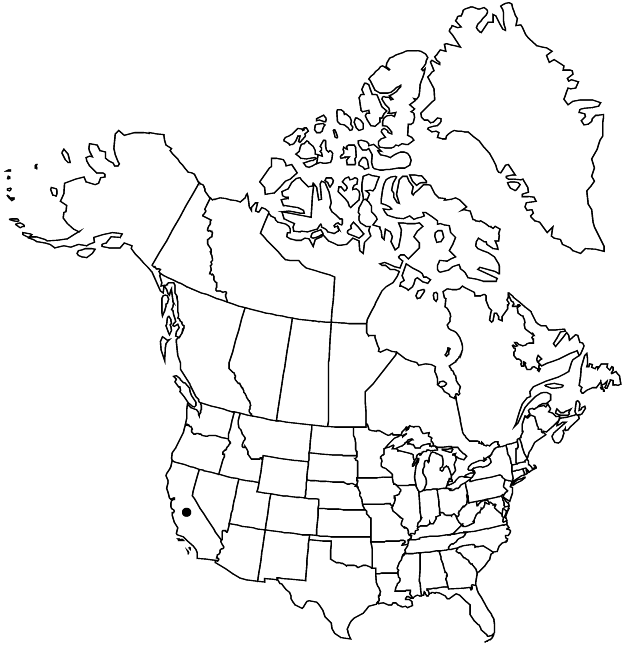Difference between revisions of "Eriogonum giganteum var. formosum"
Erythea 5: 79. 1897.
FNA>Volume Importer |
FNA>Volume Importer |
||
| Line 52: | Line 52: | ||
|publication year=1897 | |publication year=1897 | ||
|special status= | |special status= | ||
| − | |source xml=https://jpend@bitbucket.org/aafc-mbb/fna-data-curation.git/src/ | + | |source xml=https://jpend@bitbucket.org/aafc-mbb/fna-data-curation.git/src/8f726806613d60c220dc4493de13607dd3150896/coarse_grained_fna_xml/V5/V5_597.xml |
|subfamily=Polygonaceae subfam. Eriogonoideae | |subfamily=Polygonaceae subfam. Eriogonoideae | ||
|genus=Eriogonum | |genus=Eriogonum | ||
Revision as of 17:40, 18 September 2019
Plants 3–15(–25) dm. Aerial flowering stems 2–4 dm, tomentose to glabrate. Leaves: petiole (1–)2–4 cm; blade lanceolate to narrowly oblong, 5–8 × 1–2 cm. Inflorescences open, 10–50 cm wide. Involucres 4–5 mm. Flowers 3–4 mm. Achenes 3–3.5 mm.
Phenology: Flowering May–Sep.
Habitat: Rocky cliffs, slopes, and ridges, coastal scrub communities, oak woodlands
Elevation: 0-300 m
Discussion
Of conservation concern.
Variety formosum is known only from San Clemente Island, Los Angeles County. Extensive sheep grazing and military operations harmed much of the population prior to the 1960s. Reduction of the sheep population and greater concern for the local environment have greatly improved the ecology of the island and prospects for the long-term survival of this species. The variety is cultivated, and established populations occasionally are found on the mainland of southern California.
Selected References
None.
